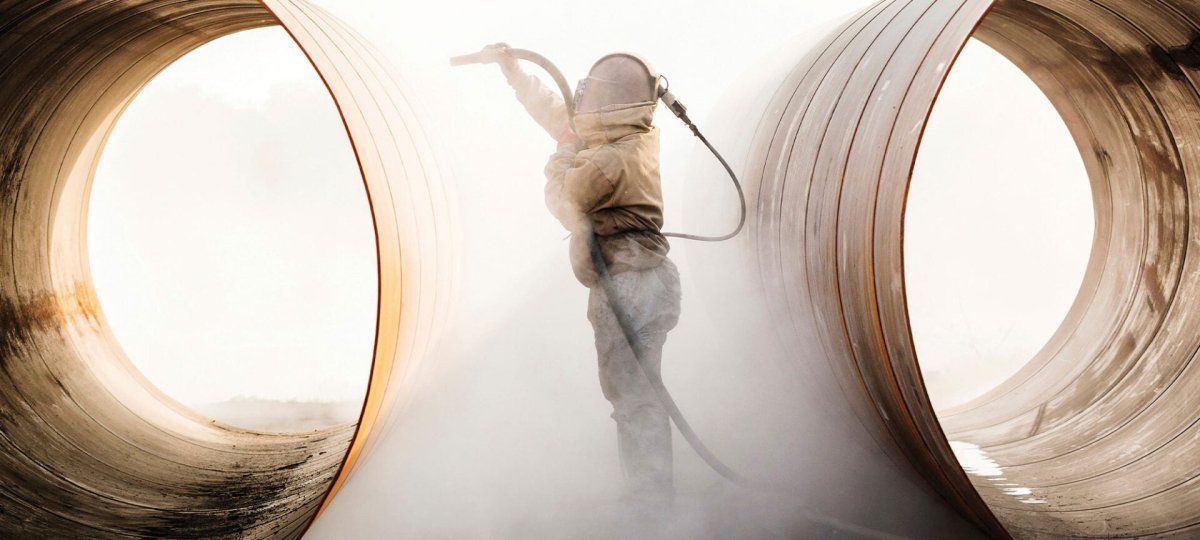TRACK BUGGIES VS. WHEELED BUGGIES

When looking to move material around your jobsites, powered buggies are extremely helpful. These powered buggies generally come in two main forms. Track or wheeled. Both of these types accomplish the same end goal of moving material from one place to another, but each have their own unique features that make them better in certain situations. Things like the type of jobsite you are working on, the needed features, and your budget, will determine which one is best for your business.
In this blog, we will consider those 3 sections and help you figure out which powered buggy suites your situation best.
JOBSITE CONDITIONS
Depending on the type of work you mainly do will determine the type of jobsite conditions that you are most likely to face often. Basically there are two main type of jobsite condition groups that cover majority of situations:
- Roads & Hard surfaces (Generally flat)
- Soft soils & grades
When you are working on hard surfaces, a wheeled buggy will most likely be the best option for you. Wheeled power buggies will generally have a faster travel speed than a track buggy and the wheels grip and maneuver well on these types of surfaces. Some grades are perfectly fine for these machines to handle, but a track buggy will handle lots of hills and bumps better.
On the other hand, when you encounter lot of jobsites that are softer materials such as soils, grass, ect… a track buggy handles these much better. Because the weight of the power buggy is spread across the whole track rather than on a few wheels, they will be not get stuck and ill continue to move around easily. They are also much better at handling a lot of inclines and uneven terrain. Like I stated before, they generally travel slower than a wheeled buggy but if you are a landscaper or someone who deals with a lot of soft terrain, this would be the preferred option.
FEATURES NEEDED
This section is obviously different depending on which buggy you are looking at as many manufacturers have different feature options. Wheeled buggies in general are more simplistic units than track buggies. Everything from the steering to dumping style is pretty basic and covers the needs of most contractors. Some of the more advanced features such as pivoting dump, different accessories, and enhanced controls can be nice but they come at a hefty cost. Do a real analysis of what type of features your business really needs before you buy something with a bunch of “bells and whistles”.
In unique situations, some of these costly features can be helpful, but for most contractors, the basic purpose of a buggy is just to get as much material from one place to another as quickly as possible. You have the weigh the benefits and costs to see what makes sense.
Just don’t get sucked into a good sales pitch about how you need a bunch of advanced features when that won’t actually help your over production in the long run.
COST VS. RETURN
At the end of the day, the only reason you should be spending money on a buggy is because it will help the overall production of your jobs. Keeping that in mind, the amount that you spend on the unit will need to be considered.
Like I stated above, you need to make sure that the money you spend is not in vain. There is no need to spend a bunch of money on a powered buggy that has a bunch of features you don’t need or will not help increase your production. Once you have evaluated if a powered buggy would actually be helpful for you business, do a bunch of research and find out what are the necessary features you need to have.
After that, you will be informed enough to make a good decision on which type of power buggy is best for your business.



